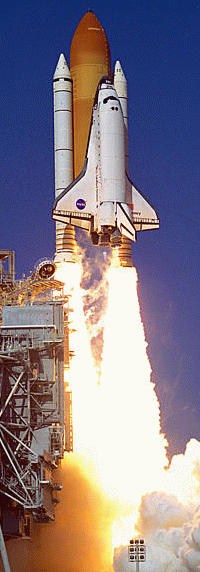
|
For some general information take a look at our Flyer!
What we are planning to do within this project is:
- the development of a special PCI-SCI bridge offering both the
benefits of Virtual Interface Architecture communication
mechanisms and low-latency SCI shared memory communication.
- the development of Linux drivers for the PCI-SCI bridge.
Of course, this is a requirement for any further (high-level)
work based on this card.
- the adoption of a higher-level communication library
(MPI). However, this work is related a bit outside of this
project. For more informations refer to the
CHEMPI
project pages.
Major guidelines for Hard/Software development are:
- that the result shall be optimized for a class of applications.
In our case this class consists of message passing applications,
especially for FEM simulations (Finite Element Method).
- due to the restriction on one class of applications, hardware can
be simplified on some points. I.e., it's not necessary to
realize global cache coherency.
- On the other hand, specialization for selected applications
means also to support special operations directly by the hardware
(if possible).
It's not the primary goal of the project to take the VIA standard
in its current form and to implement it this way using SCI as underlying physical layer.
For us it's much more important to
see how we can improve it.
One way to do this is to extend the VIA functionality by the shared memory feature.
For more information
refer to related topics at the left bar (Background
gives some general informations).
|


